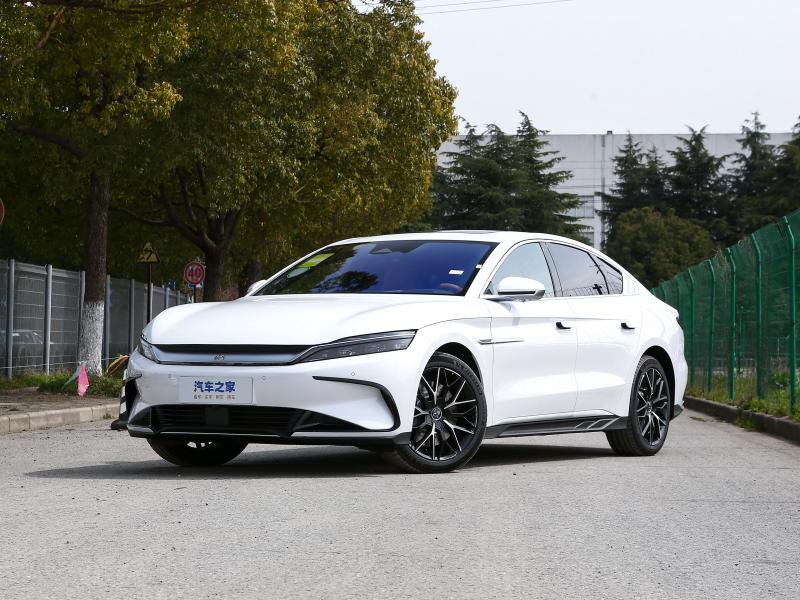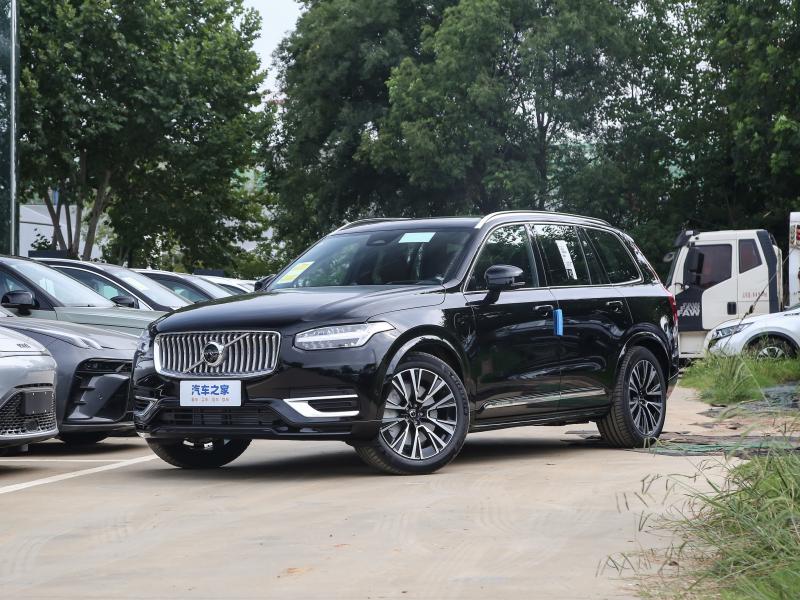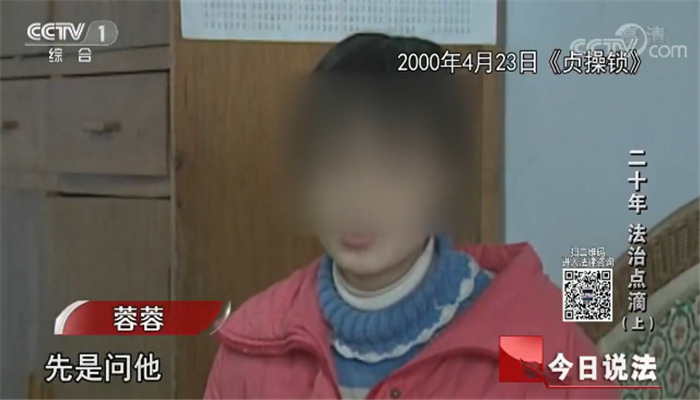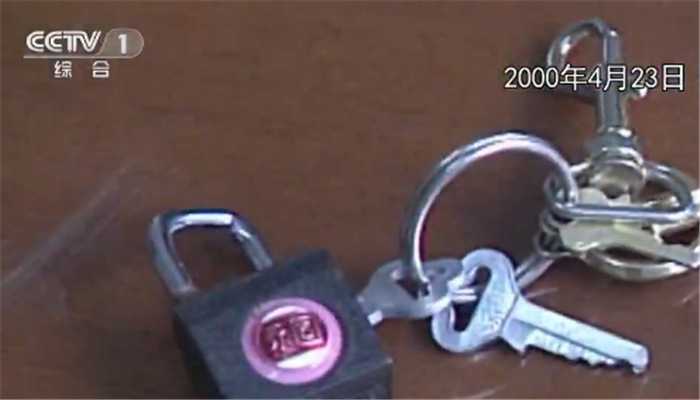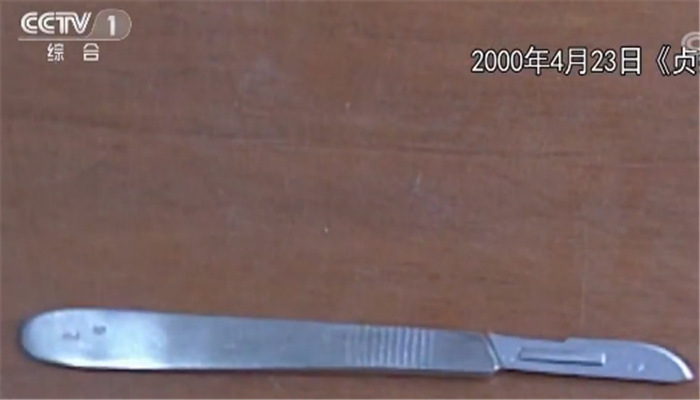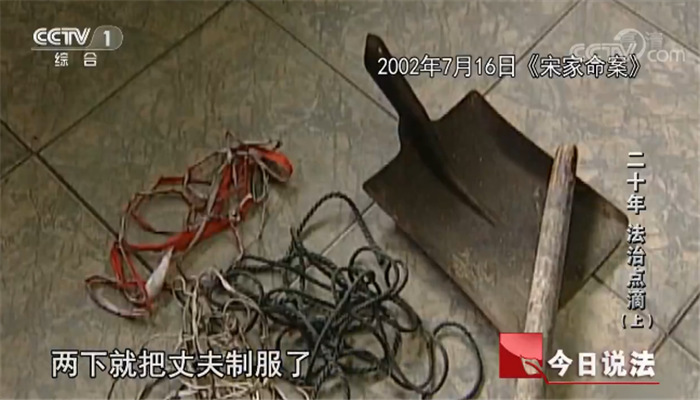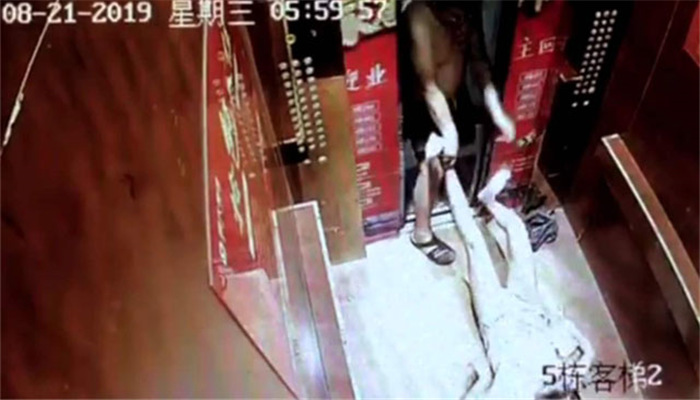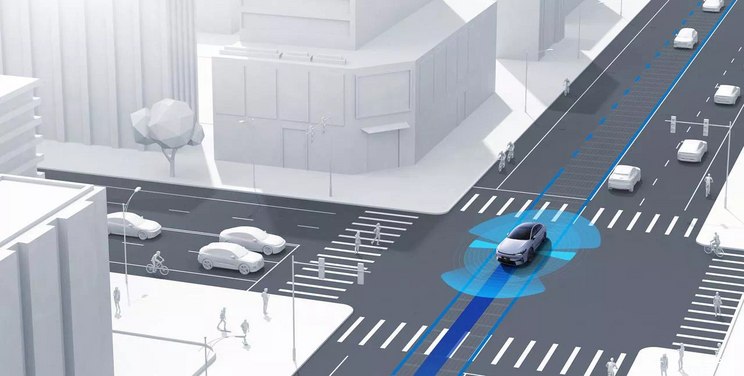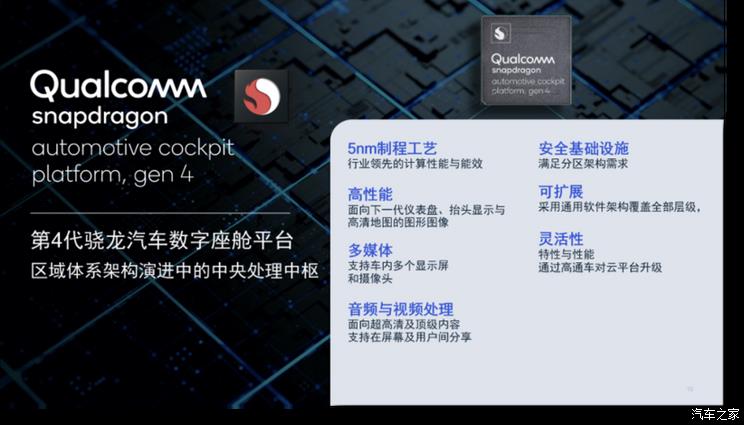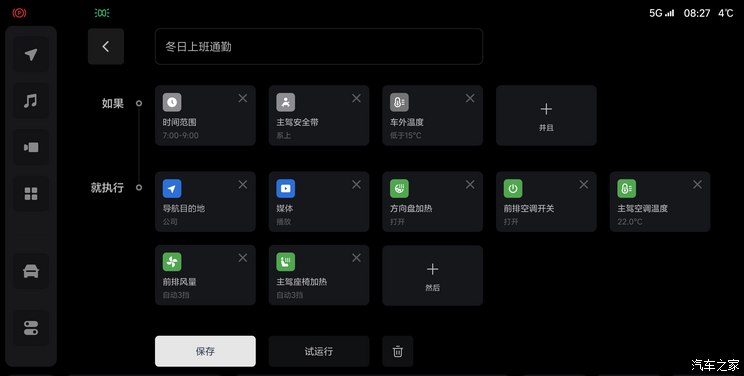At the 2024 Beijing Auto Show, the Great Wall Gun, the leader of pickup trucks in China, occupied an absolute C position: the 2.4T Great Wall Gun, a "global high-performance pickup truck", officially opened for pre-sale, and the pre-sale price of the 2.4T passenger gun was 148,800 yuan; The pre-sale price of commercial gun 2.4T is 126,800-138,800 yuan. In addition, the high-end luxury off-road new energy pickup truck, Shanhai Gun Hi4-T, was unveiled at the same time, bringing more power, more complete scenes and extremely reliable benchmark car experience.
Since 2019, the Great Wall Gun was born, which triggered the upgrade revolution of pickup truck market in China. Every time a new product is launched, it will quickly become popular in the market, thus boosting industrial upgrading. This year’s Beijing Auto Show, the new car of Great Wall Gun is heavy, what kind of vitality can it inject into the future market?
First of all, sales at home and abroad will be boosted by "fuel". According to the latest data, Great Wall pickup trucks sold 17,569 vehicles worldwide in March, accounting for nearly 50% of the domestic market; From January to March, a total of 43,495 new pickups were sold. Great Wall pickup trucks sold 3,440 vehicles overseas in March, a year-on-year increase of 25%. From January to March, the cumulative export volume of Great Wall pickup trucks reached 10,414 vehicles, up 19% year-on-year. In China, the Great Wall pickup truck has written the myth that "the domestic terminal market share is nearly 50%"; Overseas, the Great Wall pickup truck has maintained the leading position in export sales of China pickup truck brand with a high-spirited attitude. After the follow-up power of this impressive sales volume is added with the most powerful diesel pickup truck within 200,000 in China-the Great Wall Gun 2.4T model and the optimal solution of new energy pickup truck-the Shanhai Gun Hi4-T, the global sales volume of the Great Wall Gun will be "opened" again.
In addition, Shanhai Gun Hi4-T and its brother model Shanhai Gun HEV are the top three swords in the world. "Great Wall Cannon, China Cannon and Global Cannon", with the continuous innovation in pickup truck categories, the models that closely fit various scenes and take into account the whole scene are constantly enriched and upgraded. Great Wall Cannon has improved Chinese people’s understanding of pickup truck categories and led the industry’s passenger, high-end, intelligent and diversified development. At the same time, its overseas popularity and influence are increasing day by day, and it has been listed in more than 50 countries on four continents around the world and won the annual awards in Australia, South America and South Africa. With the new energy becoming the general trend of global pickup truck development, Great Wall Gun stands out in the world by virtue of its technological and innovative advantages, and the speed of globalization is becoming increasingly obvious, which is also the most proud thing of China’s pickup truck manufacturing industry!
Like a bamboo, globalization is speeding up.
In March, at the 2024 Bangkok International Auto Show in Thailand, the Great Wall Shanhai Cannon HEV, which was positioned as the "new first-class smart pickup truck", officially opened for pre-sale, becoming the first new energy pickup truck product in Thailand’s auto market, and won the Best Commercial HEV Model Award from the Auto Show Organizing Committee in 2024.
In Thailand, pickup trucks are indispensable to people’s lives, and half of new car sales come from pickup trucks every year, forming a culture of using cars in the whole scene. However, in Thailand, China pickup truck is actually facing great challenges if it wants to gain a foothold in the market. Japanese auto giants have long occupied a dominant position, and the established market barriers is like a steel plate that is difficult to penetrate. However, judging from the current situation, the Japanese auto giants have a serious sense of crisis, and the once unbreakable market order seems to be blown to pieces in front of the Great Wall Gun.
First of all, this is due to the strong technical strength and innovation ability of Great Wall pickup truck, which can quickly launch smarter products that are more in line with the current global development, so that overseas consumers have more choices and better choices in choosing pickup trucks. Moreover, the advantages of the Great Wall pickup truck service system in China have been extended overseas, so that international consumers can also enjoy better and more convenient service guarantee.
As the first and only hybrid pickup truck model in Thailand, Shanhai Gun HEV has played a role in inciting and reshaping the pickup truck market in Thailand, making Thailand an important position for the globalization of the Great Wall Gun, radiating a wider Southeast Asian market, and accumulating strength for the continuous development of the ASEAN market, thus speeding up the globalization goal of the Great Wall Gun sword pointing to the top three in the world.
Since its birth, Great Wall Cannon has set its sights on the global market, enhanced its product strength and value by deeply applying the ride-sharing technology to the dual-use products of passengers and merchants, and persisted in global R&D, global manufacturing and global sharing to build a truly global car. In addition, the Great Wall Cannon is rooted in overseas local culture, and has tailored a new way of playing pickup trucks for the local area, integrating the Chinese pickup truck culture created by the whole scene, cross-circle and users into it, and realizing the "firing" upsurge of powerful circle-breaking.
Up to now, Great Wall Gun has been listed in more than 50 countries on four continents, representing China pickup truck in the global market. Judging from the specific market situation, the Great Wall Gun has completed a relatively complete layout in the global typical pickup truck market:
In Australia, Great Wall Gun became the first China automobile brand to receive a five-star safety rating under the new test standard of ANCAP in 2021. In 2023, the sales volume of the Great Wall Cannon squeezed into the seventh place in Australia, a year-on-year increase of 23.2%.
In Russia, the Great Wall pickup truck won the sales crown in 2023, an increase of 250.6% compared with 2022. The Great Wall Cannon ranks first in model sales, and the sales of King Kong Cannon and Fengjun series enter the top ten in pickup truck sales list.
In South Africa, the Great Wall brand ranks first in China, and in 2022, the South African Automobile Industry Association won the "Best New Pickup Truck of the Year" award against many international big-name models. In 2023, the Great Wall cross-country gun won the South African pickup truck model award of the year, which once again enhanced the recognition of the Great Wall gun by South African consumers.
In the Middle East, Great Wall Motor signed a strategic cooperation agreement with Teyseer Motors, a local car dealer in Qatar, thus officially entering the Qatar market, including pickup trucks. This cooperation means that the Great Wall pickup truck will fully cover the six markets of Gulf Cooperation Council (GCC).
On the other side of the globe, the Great Wall Gun was produced locally in Ecuador. In Chile, the Great Wall Cannon went on the market for one month and won the "Best Pickup of the Year" award selected by MT ONLINE, ranking first in monthly sales for many times.
Win honor with strength and beat the market with products. Starting from Thailand, Brazil and Mexico will be the markets for the further development of the Great Wall Gun. Following the footsteps of Great Wall Motor, the globalization process of Great Wall Gun is in full swing.
Ecological going out to sea, "double-line" development
All along, the Great Wall Gun has been trying to "break the ice" in enhancing Chinese people’s awareness of pickup trucks, and actively promoting multi-scene use and expanding pickup truck users. At present, new energy is an irreversible development trend of the automobile industry, and new energy is also an opportunity to bring pickup trucks into the mainstream automobile product circle and further promote the household and passenger use of pickup trucks.
In order to enhance the value of pickup trucks, Great Wall Gun has spared no effort. The globalization strategy of Great Wall Gun has been rapidly upgraded to "going out to sea in an ecological way", taking the lead in the field of new energy, paving the way for its own brand and China pickup truck to popularize and enhance its popularity in the world in the future.
In fact, before it became the first and only hybrid pickup truck model in Thailand, Shanhai Artillery HEV was unveiled in Australia, and it will also be the first hybrid pickup truck mass-produced in Australia. From the time point of view, the Great Wall Gun has competed with Ford and Toyota in the decisive battle field of new energy, the future global pickup market, and seized the "highland".
Compared with the Great Wall Gun, the American and Japanese pickup truck giants are obviously slow in the layout of pickup trucks. The Ford Ranger plug-in hybrid model will not be launched until 2025, while the Toyota Hilux only has a 48V light mixing system, and the hybrid model is still missing.
To achieve the goal of becoming the top three pickup trucks in the world, Great Wall Gun needs long-term planning and execution in product upgrading. The Great Wall Gun never pulls its crotch in terms of products, and it has a rapid upgrade and update, and also has multiple unique design functions. In the tide of pickup truck’s new energy, the Great Wall Gun has shown its power to shake the global pickup truck pattern, and it is only a matter of time before it takes a place in the world.
It is worth mentioning that in the new energy products and globalization strategy of Great Wall Gun, the layout of "two-line development" is adopted, and the domestic market is the foundation.
In terms of new energy products, Shanhai Gun HEV is specially aimed at overseas markets, and Shanhai Gun Hi4-T, which was unveiled at Beijing Auto Show, is a surprise left by Great Wall Gun to domestic users. Compared with other hybrid forms, the Shanhai Gun Hi4-T retains the advantages of the traditional hard-core pickup truck to the maximum extent, but also incorporates the characteristics of new energy power, which can be both oil and electricity.
Shanhai Gun Hi4-T is equipped with 2.0T+9HAT powertrain and matched with P2 motor. Under parallel drive, the comprehensive power of the system is 300kW and the maximum comprehensive torque is 750 N m. The maximum power of P2 motor is 120kW and the maximum torque is 400N·m, and the peak efficiency is over 95%. The motor can reach the maximum torque in an instant, which makes the acceleration of the whole vehicle 100 kilometers only 7.15 seconds.
In this 2.0T+9HAT super hybrid system, a 2.0T Miller cycle hybrid engine is used, with the maximum power of 185kW and the maximum torque of 380N·m, and the maximum torque output can be achieved at 1700~4000rpm. The strong combination of hybrid special engine and high-power motor combines the characteristics of high engine stability and strong explosive power of motor, which makes the whole vehicle start lightly and overtake quickly. In extreme scenes such as getting out of trouble and climbing, the motor will assist the engine and comprehensively improve the explosive power of the vehicle. Even in extreme driving environments such as plateau, high temperature and cold, the power performance is still strong. Intelligent energy control system reduces the fuel consumption of the whole vehicle, achieving the purpose of economy and fuel saving.
In terms of safety, the battery layout of Shanhai Gun Hi4-T is groundbreaking, and it is fixed on the inner side of the transverse and longitudinal beams of the frame and above the frame at multiple points, thus avoiding the collision of the battery pack. At the same time, the protective plate is designed, and the surface is galvanized+electrophoretic+scratch-resistant coating, and the three-layer protection improves the rust-proof and scratch-resistant performance.

Because it is a hybrid model, Shanhai Gun Hi4-T has three power modes: pure electric, hybrid and intelligent. The battery has a partial capacity of 37.1kW?h, which can meet the pure battery life of 100km. Coupled with the 75L super-large fuel tank, the comprehensive cruising range can reach 780km. Moreover, in the intelligent mode, the oil and power consumption are both reduced, the comprehensive fuel consumption can be as low as 2.5L/100km, and the feed fuel consumption is only 10.2L/100km. The charging time is also quite saving. With 50kW high-power DC fast charging, the power can be changed from 30% to 80% in 26 minutes.
With the blessing of "electricity", the Shanhai Gun Hi4-T also has a powerful external discharge function. The discharge port supports 5.5kW high-power external discharge, which meets the outdoor expansion of coffee machines, projectors, most household appliances, etc., and is enough to solve the power consumption problems such as outdoor camping and picnics. Two 220V power connectors are reserved in the cab and the trunk, with 120W in the cab and 2.2kW in the trunk power supply, which can support the power demand of multiple devices at the same time. In addition, the new SOC energy management strategy can automatically adjust the proportion of oil and electricity according to the user’s habits, road conditions, traffic conditions, etc., and realize the personalized adaptation of the whole scene and all terrain. In addition, the Shanhai Gun Hi4-T adopts non-decoupled mechanical four-wheel drive with three locks, and the whole vehicle can easily match different car scenes to meet the needs of various outdoor scenes such as self-driving travel and camping.
Many innovations in the fuel version of Shanhai Gun, such as: equipped with advanced intelligent driving assistance system, the first design in China to improve the convenience of multi-scene use, luxurious riding experience and intelligent level in the car, C6 towing qualification that can meet the certification of 3.3-ton trailer, NVH quiet design, etc., have been extended to Shanhai Gun HI4-T.
In terms of globalization strategy, new energy products are a sharp weapon to open and expand overseas markets, while the domestic market is the base camp for the Great Wall Gun to continue to innovate, which not only enhances the influence of pickup trucks in China, but also continuously delivers "shells" to overseas markets, improving and strengthening its overseas competitiveness.
In 2024, the Great Wall Gun has been constantly upgrading its products: the model of "King Kong Gun" equipped with ZF 8AT gearbox was officially launched; Passenger guns, commercial guns and off-road guns have added 2.4T diesel engines of the same model as Shanhai guns, and the traction qualification has been upgraded to 3 tons.
It is not difficult to see that upgrading to a stronger engine and a more advanced gearbox is the next direction of the Great Wall Gun in domestic products. At the same time, "improving the overall performance" is also the development focus of the Great Wall Gun fuel pickup truck, which not only brings more satisfactory car experience to all kinds of users, but also helps the brand to achieve the two-way power of "fuel and new energy" in overseas markets.
Comments:
Looking back, when Great Wall Cannon became an independent brand of pickup trucks and shouted the slogan of "becoming the top three in the world", many people knew in their hearts that it was to compete directly with pickup truck giants such as Ford, Toyota and Isuzu. But how many people can foresee that the Great Wall Gun can rise rapidly in six years and achieve today’s achievements.
"Strong civil war, expert in foreign war"! At home, although the joint venture has played its cards and introduced the latest models of the same model from overseas to China, the Great Wall Gun has always gained the upper hand in the contest with the joint venture. Overseas, the pace of globalization of the Great Wall Gun is solid and powerful, and it has quickly opened up big markets such as Australia. With the help of the new energy trend, Great Wall Gun began to March into important markets such as Thailand, and its own technological advantages and innovation ability seemed more like a duck to water.
